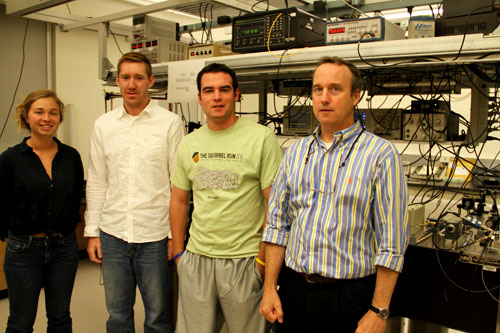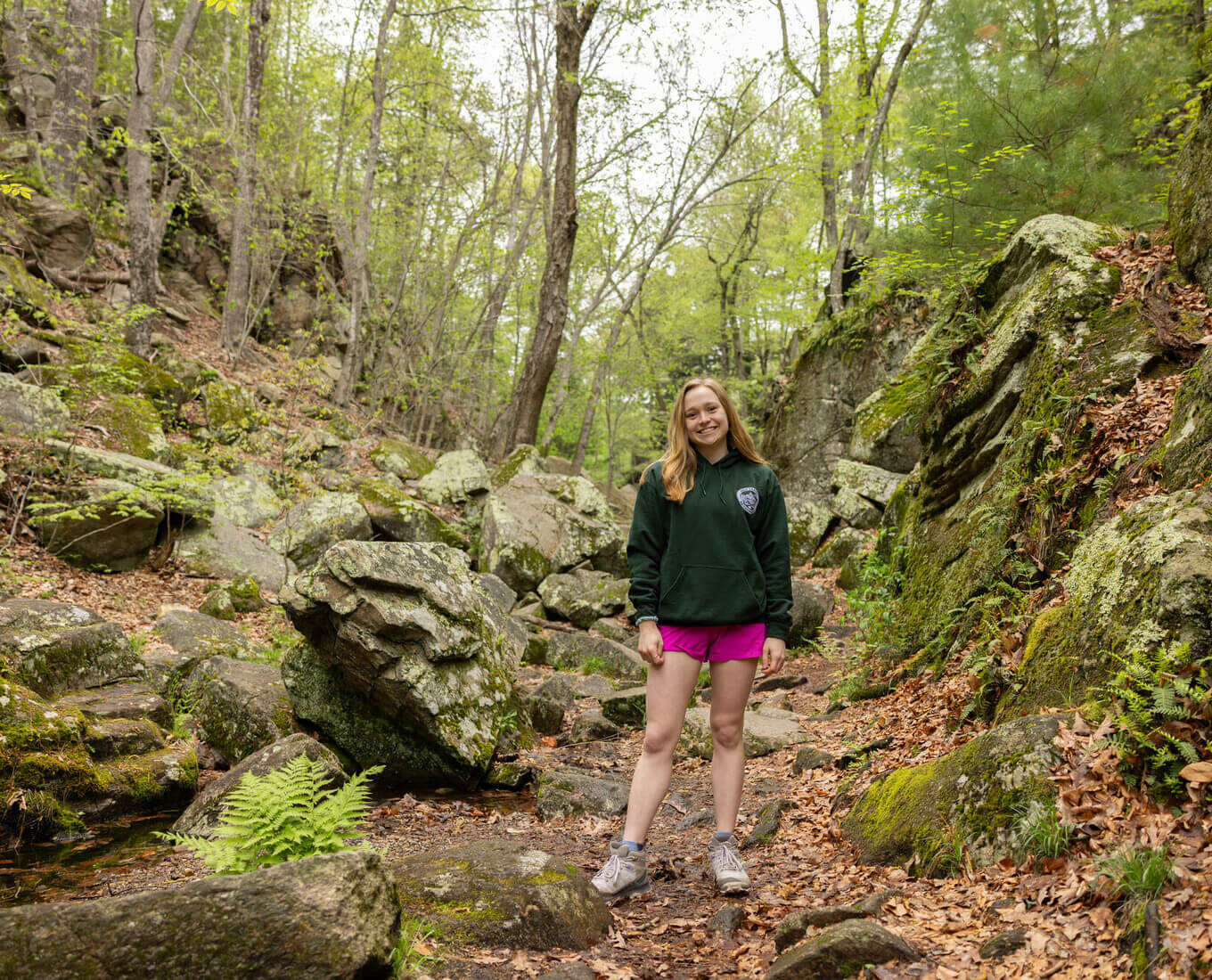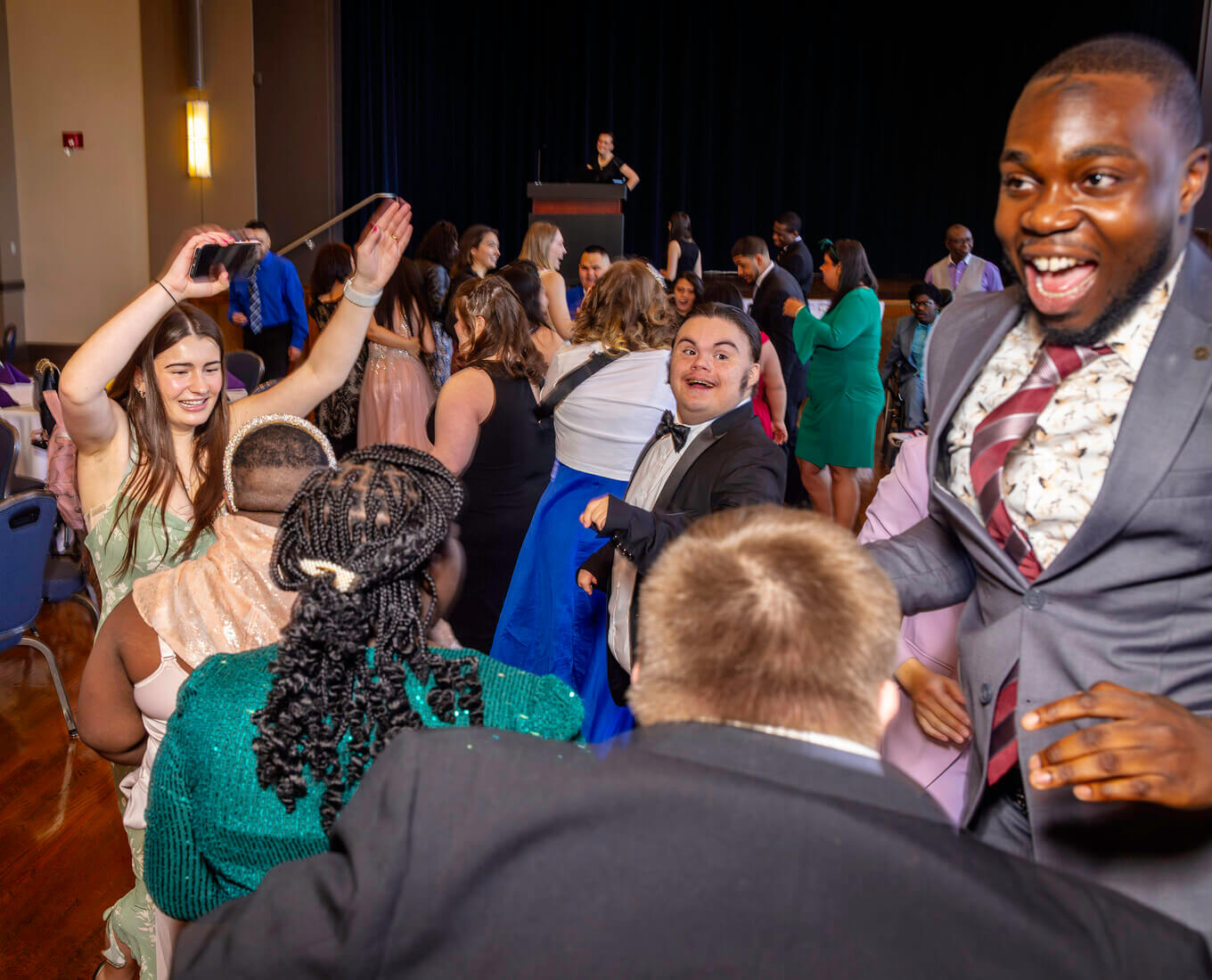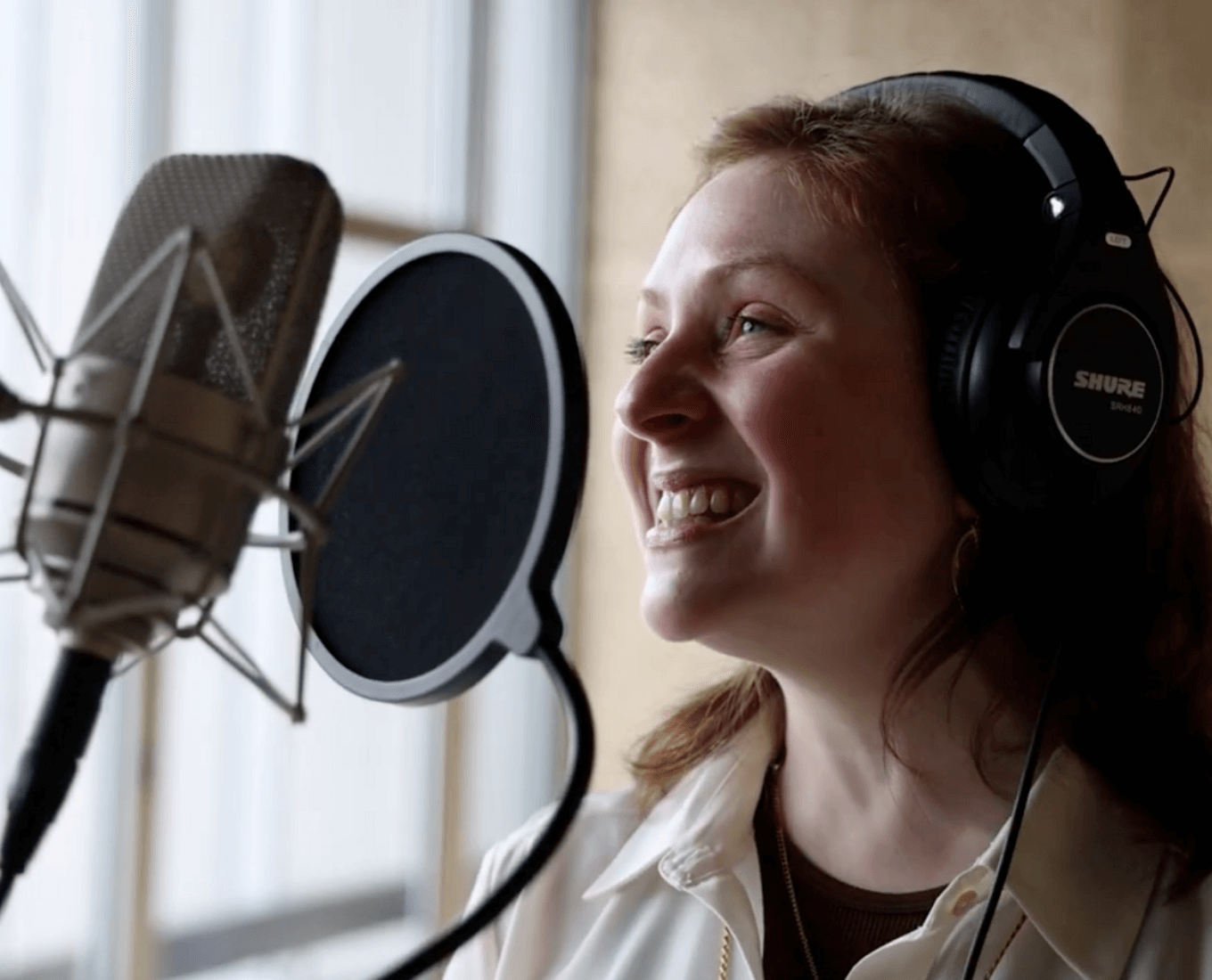TITLE "Laser-Cooled Atoms and Magnetic Scattering"
FACULTY-STUDENT RESEARCH TEAM Timothy Roach, associate professor and chair of physics, with Kevin Moran ’13, Craig Richardson '13 and Katelyn Candee '14
WHAT THEY’RE RESEARCHING “We use precisely tuned laser light to slow down atoms inside an evacuated chamber," says Roach. "We have a high sensitivity camera system to view the atoms, and we are trying to get the atoms to scatter off a specially prepared magnetic surface. The surface is a piece of magnetic recording disk, a circle about 1 inch in diameter. By specially prepared I mean that we have magnetically imprinted this disk with a striped pattern. Each tiny stripe is either a magnetic North pole or a magnetic South pole, and the stripes are about half of a millionth of a meter wide. The atoms will come near to the surface but be repelled by the magnetic force due to the stripes. Studying this will give us information about the quantum behavior of the atom scattering, and may have applications to atomic clocks, like those used in the GPS satellite system.”
WHAT THE STUDENTS GOT OUT OF IT “By conducting research in a field which you are truly interested, you are delving deeper into that subject than simply participating in class. In the lab you not only get to witness the theory and mathematics taught in the classroom at work, but you develop invaluable problem solving, communication, and technical skills that can be carried on to any field of work or study after Holy Cross. The program has been an integral part of our undergraduate studies and time at Holy Cross,” Moran says.
HOW DOES HAVING THE STUDENT ADVANCE OR ENHANCE THE RESEARCH? “In addition to the students' direct contribution to lab work, a great benefit is that we become a small research community, working together and learning. The shared enjoyment and appreciation of the progress we make is a real motivator,” Roach says, "just as it is for scientists throughout the world."
WHAT ARE THE NEXT STEPS WITH YOUR RESEARCH? “We are interested in seeing how exactly these atoms will scatter once they come into contact with the magnetic surface. We've prepared everything to be ready for the atoms to be brought to the magnetic recording disk, but we haven’t actually scattered them from it. Once we've done that, the next step will be to try to manipulate the direction of the atoms using scattering,” says Roach. 
During the summer, we visited five on-campus summer research teams. Take a look at their projects:
- Harvard University's Center for Hellenic Studies: "Thinking Like a Revolutionary: Interview with Homer Multitext Researcher Stephanie Lindeborg ’13"






